Inside Creative Nestlings’ evolution: From a community to an African creative network and startup building for African creatives & entrepreneurs
How South Africa-based social sculptor, father, aspiring filmmaker, & entrepreneur dillion s. phiri founded & grew a community for African creatives & R&D Company for the creative & cultural industry
When dillion co-founded Creative Nestlings in 2011, he had one goal in mind: to build a community of young black creatives. “I wanted to make films at the time, but I realised that the creative industry in Cape Town was not diverse—it was mostly controlled and dominated by the haves in the urban and suburbs. It dawned on me that there were almost no creative communities for young black creatives to grow, connect, and collaborate within and outside their boundaries,” dillion s. phiri, the founder of Creative Nestlings, tells The Creatives Note. “This [realisation] led me to start Creative Nestlings with Jonathan ‘Sudi’ Anzulini.”
Thirteen years into the journey, Creative Nestlings has grown into a platform and creative network democratising how young African creatives connect, learn, get paid, and grow.
In this conversation with The Creatives Note, dillion, a social sculptor, aspiring filmmaker, creative director and entrepreneur, talks about his journey from Zimbabwe to South Africa, founding and growing Creative Nestlings—a thriving community and network of African creatives—as an “economic refugee” in South Africa, the plan to map the entire African creative & cultural industries, his mission to fund & invest in infrastructure and tools for creatives on the continent, and the next phase of Creative Nestlings.
From Zimbabwe to South Africa
Born and raised in Zimbabwe, dillion says he is half Malawian, half Zimbabwean. “My mother is from Zimbabwe while my father is from Malawi,” he shares.
He spent his early years in Zimbabwe until he and his family had to leave for South Africa during the peak of the economic crisis that befell Zimbabwe in the 2000s. “I was born in Zimbabwe and grew up there up until I was 14 when we had to move to South Africa because of the economic crisis in Zimbabwe at the time. I remember crossing the border with my brother (who was 12 at the time),” he recalls. “It’s been 20+ years since we moved here. And I have been living here [in South Africa] since then.”
As a young boy, he had a thing for doing creative things and wanted to make films but, he says, he couldn’t pursue the interest at the time. “As an immigrant [in South Africa], my mother advised I get a degree in IT because it was picking up at the time and there were a lot of career and financial prospects as well,” he tells The Creatives Note. “After getting my degree, I worked for Cape Town Tourism for about a year and a half, but it just wasn't for me. I wanted to make films and work in the creative industry.”

Leaving Tourism for the Creative and Tech Industry
After a year of working in Tourism, he says, “[tourism] wasn’t for me, so I left my job and set out to make films.” While trying to make films and get involved in the creative industry, he realised that the creative industry in Cape Town was controlled and dominated by certain demographics not well represented in South Africa/Africa. “So, I set out to build a community where creatives from all walks of life, can connect, collaborate, and grow together,” he says. Creative Nestlings, the community he and Jonathan Sudi Anzuluni, a photographer friend, founded in 2011 has grown and evolved over the years.
Since leaving his job in Tourism more than a decade ago to make films, dillion, whose passion and personal interest is in making films, says, he has been building Creative Nestlings, which is currently in a transition phase. “Over the years, we have worked on several projects, but I still haven’t made the film I wanted to make,” he shares. “I have been writing a lot lately—I wrote a couple of films (long and short films) last year, and I am looking to raise money to make those films…which has been interesting to do as a foreigner in South Africa.”
Alongside building Creative Nestlings, dillion is an Entrepreneur-In-Residence at I’M IN, an incubator & accelerator working with black-owned, high-growth start-ups and launching them into the African technology sector by providing opportunities and technical apt. “At I’M IN Accelerator, we are a catalyst. We back early-stage startups in South Africa that are run by some of the most interesting minds that are often overlooked, and we have been actively incubating and funding women. We are hoping to expand across Africa soon,” he says. “So, I work in both the creative and tech industry right now and it’s been an interesting balance to strike.”
He adds, “I poach lessons and skills from both sides.”
From a Community to an African Creative Network and R&D Company
With 110,000+ members in its thriving community—connected through in-person gatherings “Conversations on Creativity,” WhatsApp group and channel, newsletter, and social media platforms—Creative Nestlings is a network of African creatives and cultural practitioners of diverse specialties and backgrounds across the continent and diaspora.
“This active network fosters collaboration, peer-to-peer mentorship, resource sharing, tools by creatives and support among peers, creating a powerful platform for creative growth and development,” Creative Nestlings notes on its website.
“Initially, the plan [with Creative Nestlings] was to build a community for black creatives because of the lack of diversity,” dillion tells The Creatives Note. But now, Creative Nestlings is much more than a community for just black creatives. “In Cape Town, it has been interesting because originally we were tokenised as the ‘black’ creative network. Whenever they needed someone black they would call us up. But now that is starting to change. We are majority black, but we’re not exclusive,” dillion told Okayafrica in a 2016 interview. “We’re definitely not exclusively black.”
Since its founding, Creative Nestlings has hosted several talk series and dialogues to facilitate conversation about the creative industry across Southern Africa; collaborated with creatives in its community; collaborated with brands; consulted for organisations and cities; published books and created documentaries on the creative industry, says dillion.
“We started by self-funding everything—with my ex-wife Lunga who ran Creative Nestlings with me in the 2010s. I remember selling our computer and borrowing some cash to fund our very first event,” he recalls. “[Over time], we started collaborating with brands here and there and figured out monetisation strategies.”
But dillion notes that “collaborating with brands can be a lot because they want to take too much,” so Creative Nestlings started to offer R&D (Research and Development) services to organisations looking to tap into the creative industry. “We ran as an R&D agency for a very long time because we realised that there was money in R&D,” he explains. “We did a lot of consulting for brands and organisations—especially cities across South Africa—that wanted to understand how young people think and move.”
Read Also
Connecting Creatives, Facilitating Creative Conversations, and Mapping the African Creative and Cultural Industries
Over the years, Creative Nestlings has facilitated meaningful conversations among creatives, institutions, governments, corporates, and brands through #ConversationsOnCreativity, one of its cornerstone programs—which is executed through in-person gatherings, digital platforms, content, and conferences.
“These platforms provide spaces for peer-to-peer learning, knowledge sharing, and resource exchange, empowering creatives to learn from each other and grow together,” it says on its website.
Another fundamental pillar of Creative Nestlings’ work is connecting creatives with opportunities—with the goal of empowering them to refine their craft, expand their professional networks, and propel their careers forward.
“We connect African creatives to a diverse range of opportunities, events, and development programs, including developing our own initiatives and partnerships with incubators, accelerators, funding initiatives, business training workshops, conferences, masterclasses, residencies, and exchange programs,” it notes.
As an R&D company, dillion says, Creative Nestlings partners with businesses and institutions to develop and execute initiatives and programs aimed at developing African creatives and providing support to build their creative businesses.
For example, in 2016—through a partnership with J&B Scotch Whisky, Blacknation Media and Independent United—Creative Nestlings co-founded and operated ‘J&B Hive,’ an incubator aimed at supporting, funding, and investing in creatives in Johannesburg. “Through the incubator, we gave Bathu, a South African sneaker brand, funding to make 1000 pairs,” dillion says. “Now they are a big brand here in South Africa and it’s incredible to see.”
Last year, Creative Nestlings also partnered with Cape Town-based V&A Waterfront on their ‘Artist Alliance Programme,’ an incubation program & community aimed at celebrating and championing the richness of the talent, projects, and people that embody the creativity and resilience of South Africa. “With Artist Alliance, V&A Waterfront was trying to create a pipeline for creative talents to work with and we came in to build a community around it and be a catalyst on their journeys,” dillion explains.
In addition to providing opportunities for creatives, Creative Nestlings is actively engaged in mapping and developing equitable creative and cultural industries in Africa, says dillion. “We want to show that the creative industry has the potential to be one of the biggest job creators for a continent with a lot of young people like Africa,” he says. “We want to show that it is one of the industries where innovations can happen quickly and that it has a very low barrier to entry especially with technology being more accessible.”
He adds, “We also want to equip and show creatives that they can make a better life for themselves through their talent and curiosity if they know how to participate in it.”
In 2019, Creative Nestlings collaborated with Disorient to produce ‘Zero To A Hundred,’ a documentary telling a story of the state of creativity & entrepreneurship in South African cities. The documentary—which explored the question of what innovation means in African terms—had creators, entrepreneurs, and investors in different industries share what innovation means to them, what the state of opportunity is, and where it’s all going.
The Next Phase of Creative Nestlings: A Foundation + Tech Startup
“The project we do per time is based on what’s happening and the resources that are available,” says dillion, speaking on how he has managed to sustain his work at Creative Nestlings over the years. According to him, the team is lean, and they mostly hire on a project basis. “We are a small team. We only hire extra hands when we have projects—that is, [our team size] is project dependent.” he shares. “On the core team, there’s me, the MD [of the foundation], an intern, and Nonka—who curates our events.”
While Creative Nestlings has funded most of its projects by partnering with businesses and institutions—and consulting with them as an R&D company—it has received grants and launched physical products in the past as well. “In 2020, we got a $30K grant from Facebook to support our work,” he says. “In 2018, we published a book titled, ‘What It Takes’ and sold almost 1000 copies. And we made some money from that.”
Creative Nestlings has also made money selling merch like tote bags—made in collaboration with members of its community—to its community members, according to dillion.
Read Also: Fungi Dube: The scientist turned creative entrepreneur elevating Afrikan narratives through modern design
While these funding models have served them so far, dillion says, Creative Nestlings is pivoting. “Creative Nestlings is in a transition period right now,” he tells The Creatives Note.
Creative Nestlings is pivoting from a model that depends on money from client projects and funding from partners to a revenue-generating and self-sustaining model by setting up a tech startup and a foundation. “Doing good as a business is not easy, so the foundation [will] focus on doing good while the startup makes money,” dillion says.
The Creative Nestlings Foundation, the non-profit arm of the organisation, is dedicated to nurturing and cultivating creativity, innovation, curiosity and entrepreneurship among young African creatives while Creative Nestlings, the tech startup arm of the organisation, will build products for Africans and also invest in the foundation, according to dillion.
“For a long time, it [Creative Nestlings] did well as a project. But last year, we separated it into the Creative Nestlings Foundation—through which we will continue to consult for organisations and also invest and give grants to creatives and [operate] every other social component of what we do—and Creative Nestlings [CRCO]—the startup through which we are building tools for creatives to manage and engage their communities and events,” dillion explains.
The foundation, which has its own managing director, will also raise funds and get grants from other funding institutions to support its works, in addition to the investment that will be made by the tech arm of the organisation. “The foundation has an MD who manages and oversees its operation,” he shares.
“We are looking to launch 2 funds: a micro-grant that gives about $250 monthly to creatives across Africa and a $ 1 million accelerator to invest in creative companies and entities,” he says, speaking about the foundation’s plan. “There's not a lot of investment for creative entities that are not residencies and exhibitions, so we want to be that accelerator that supports creative projects and businesses in creative areas like prints, fashion, digital and movies.”
He adds; “We want to invest in creative projects and build entities around these projects because the [creative] industry is big.”
Read Also: Kelvin Shani: On leading and growing an animation studio and his love for art and music
As for Creative Nestlings [CRCO], the team is currently working on building the MVP of its first product—which aims to revolutionise the way enthusiasts engage with communities, events, and opportunities. “The biggest part of an event is before the event happens—that is, the event planning stage—and there’s no platform in Africa that helps manage the whole process,” says dillion. “Most people prioritise the event day experience, but this depends on everything that happens behind the scenes.”
The Creative Nestlings [CRCO] platform will seamlessly connect organisers, attendees, and service providers, transforming the planning and experience of vibrant gatherings. “Through the platform, you will be able to hire and pay people and teams to help manage your event,” he explains.
“We also want to help manage the post-event part and manage your community [such that] you can see the people supporting you—what they do and where they are from—which can help in planning your future events.”
Editor’s Note: At The Creatives Note, we are looking to tell more stories of African creative entrepreneurs—and creative projects in Art, Design and Film, please reach out to us with stories, news, insights, projects, tips, and ideas via email at thecreativesnote[at]gmail[dot]com.





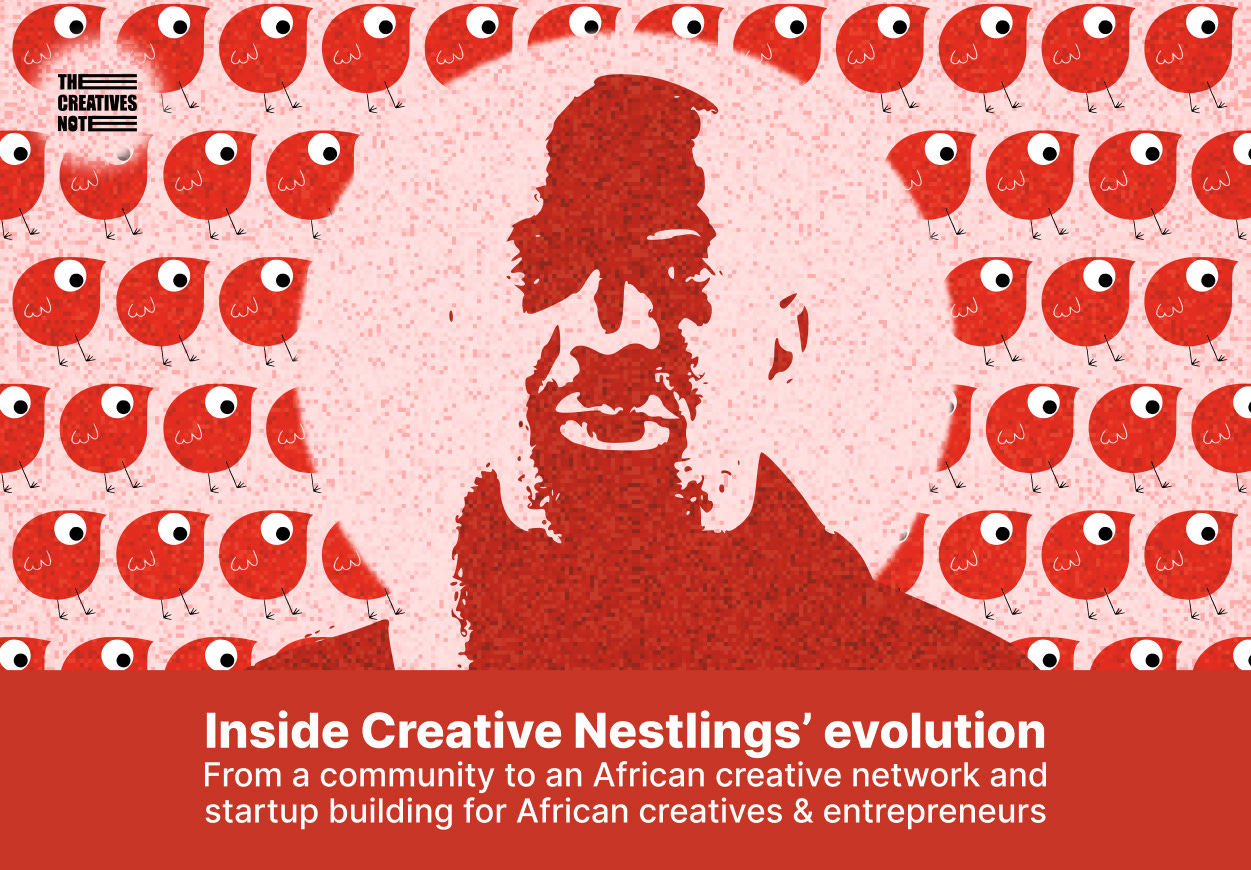
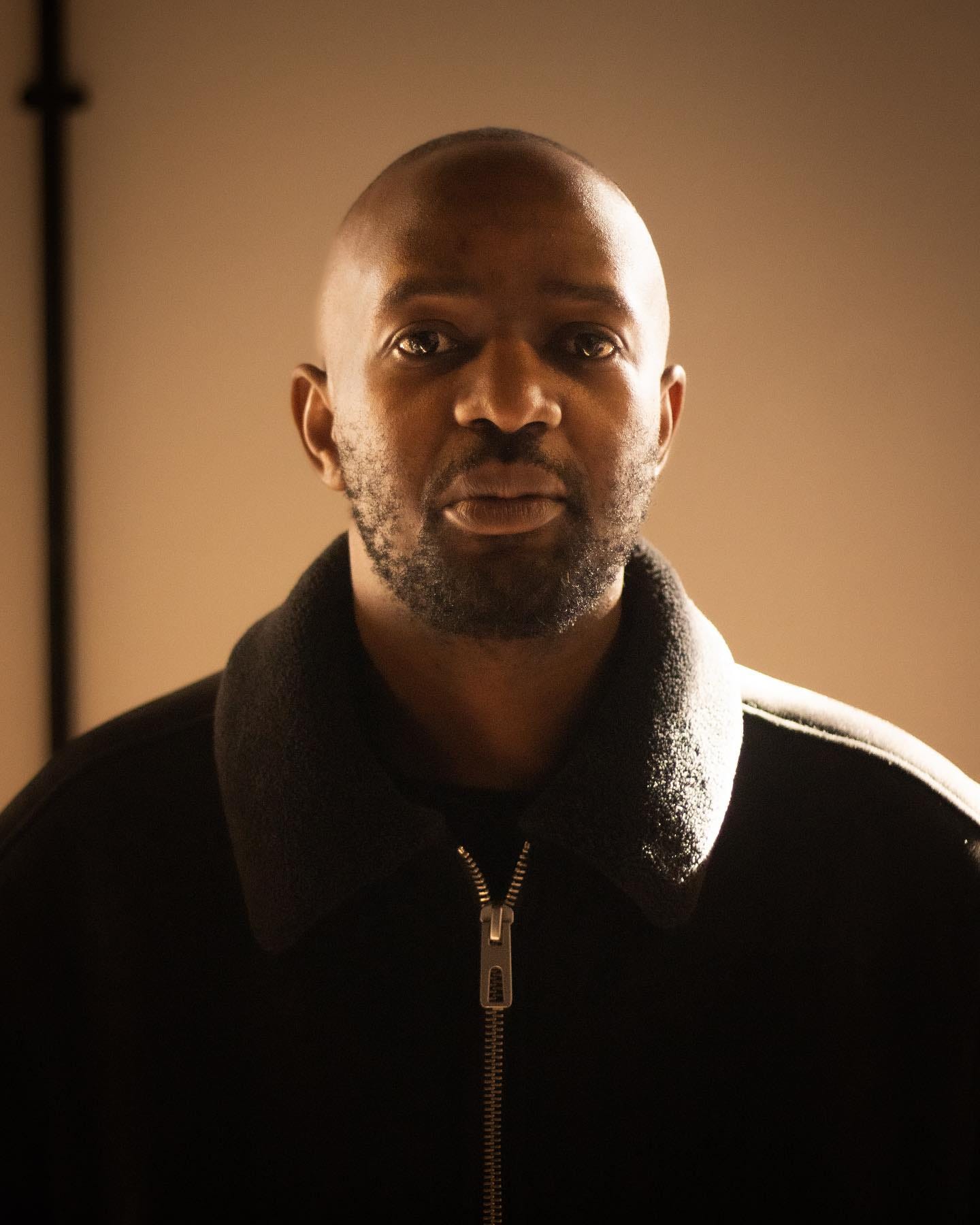



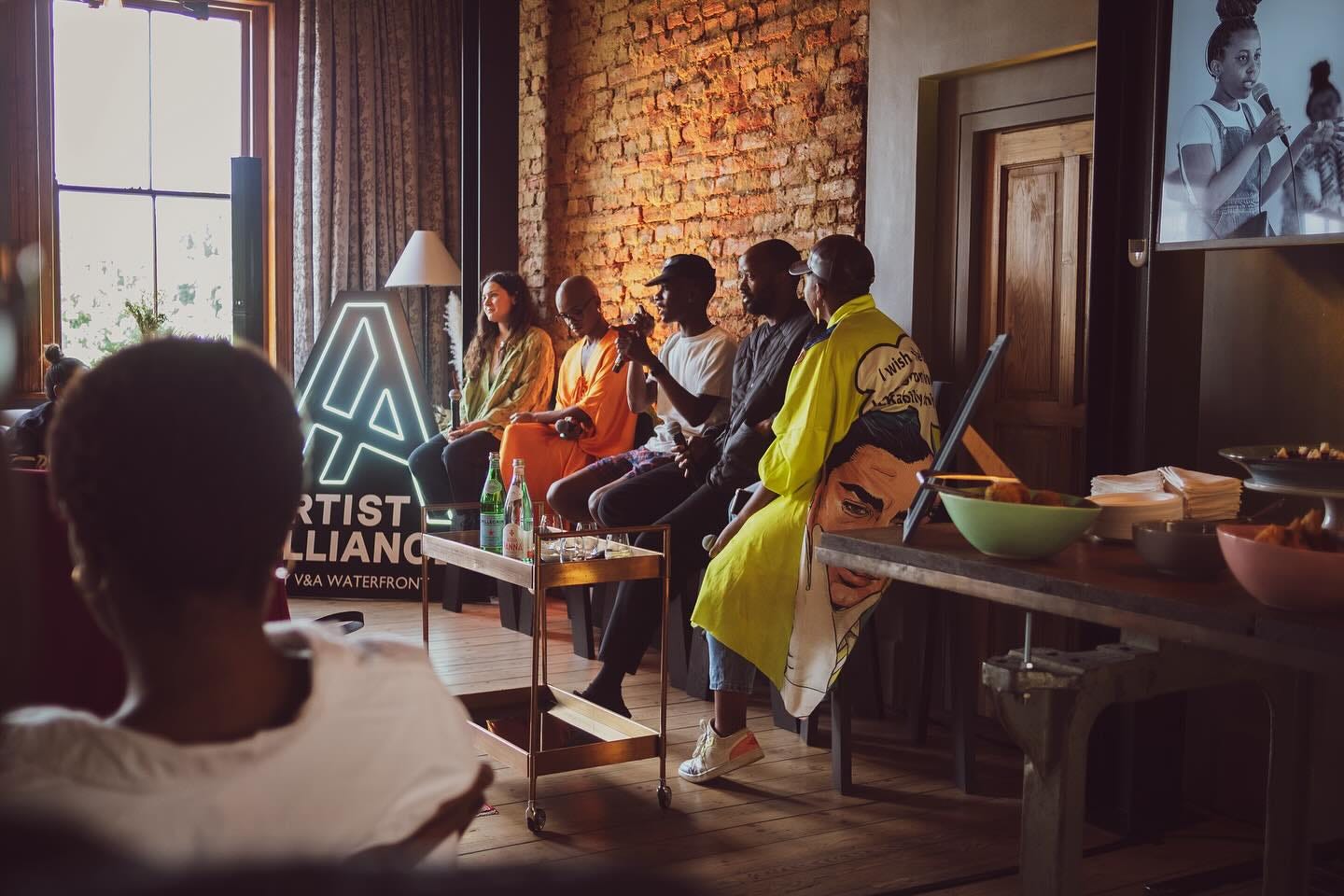
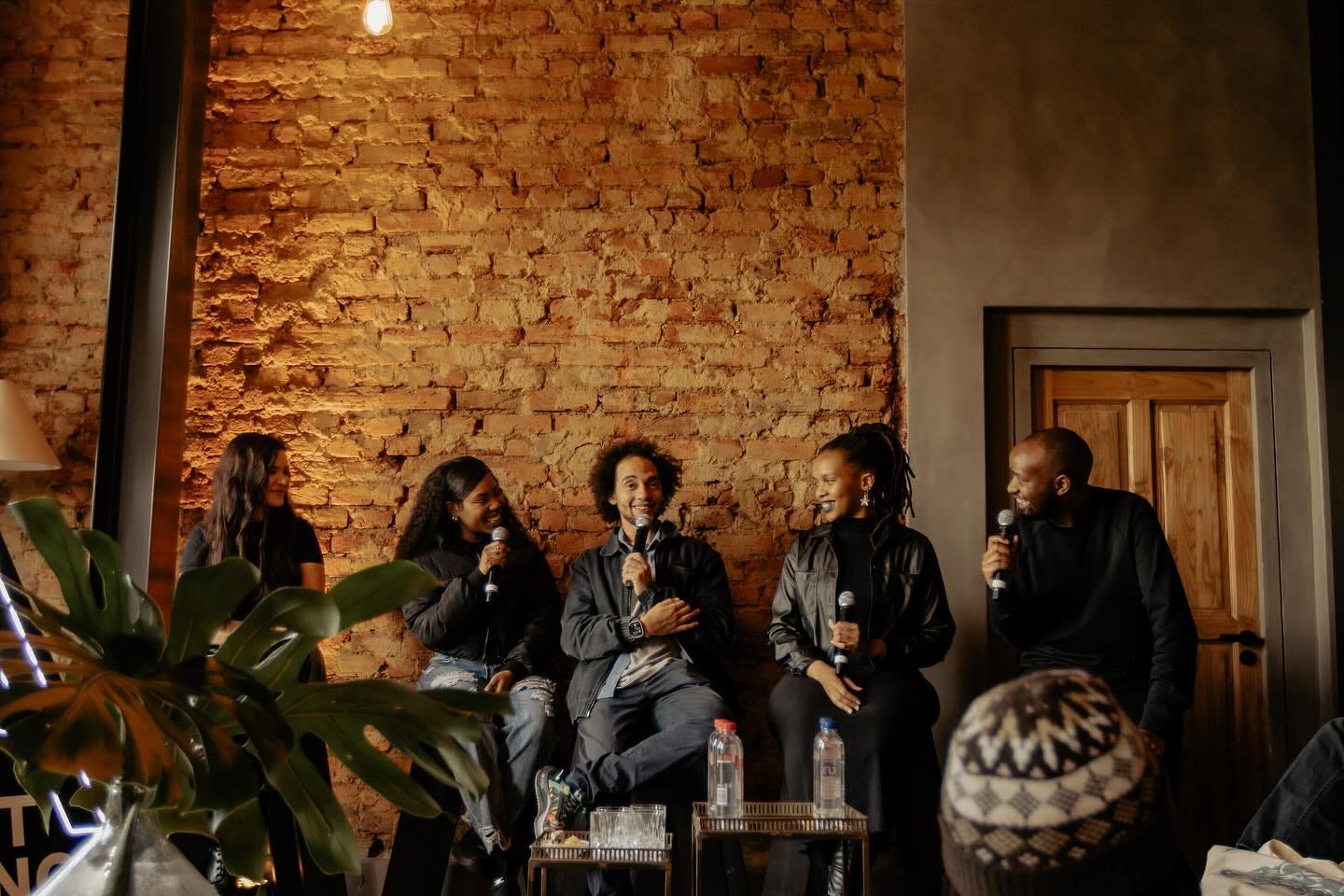
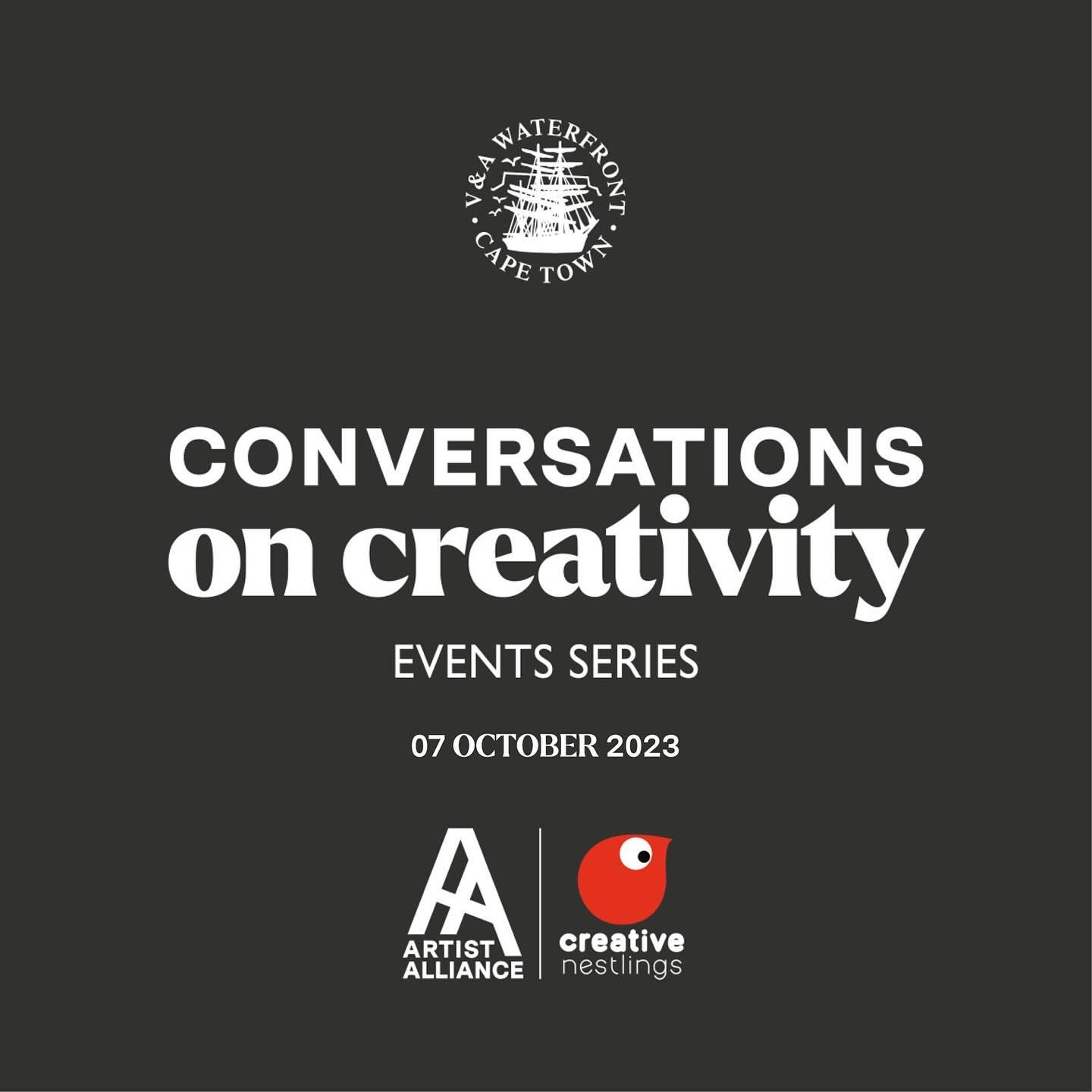
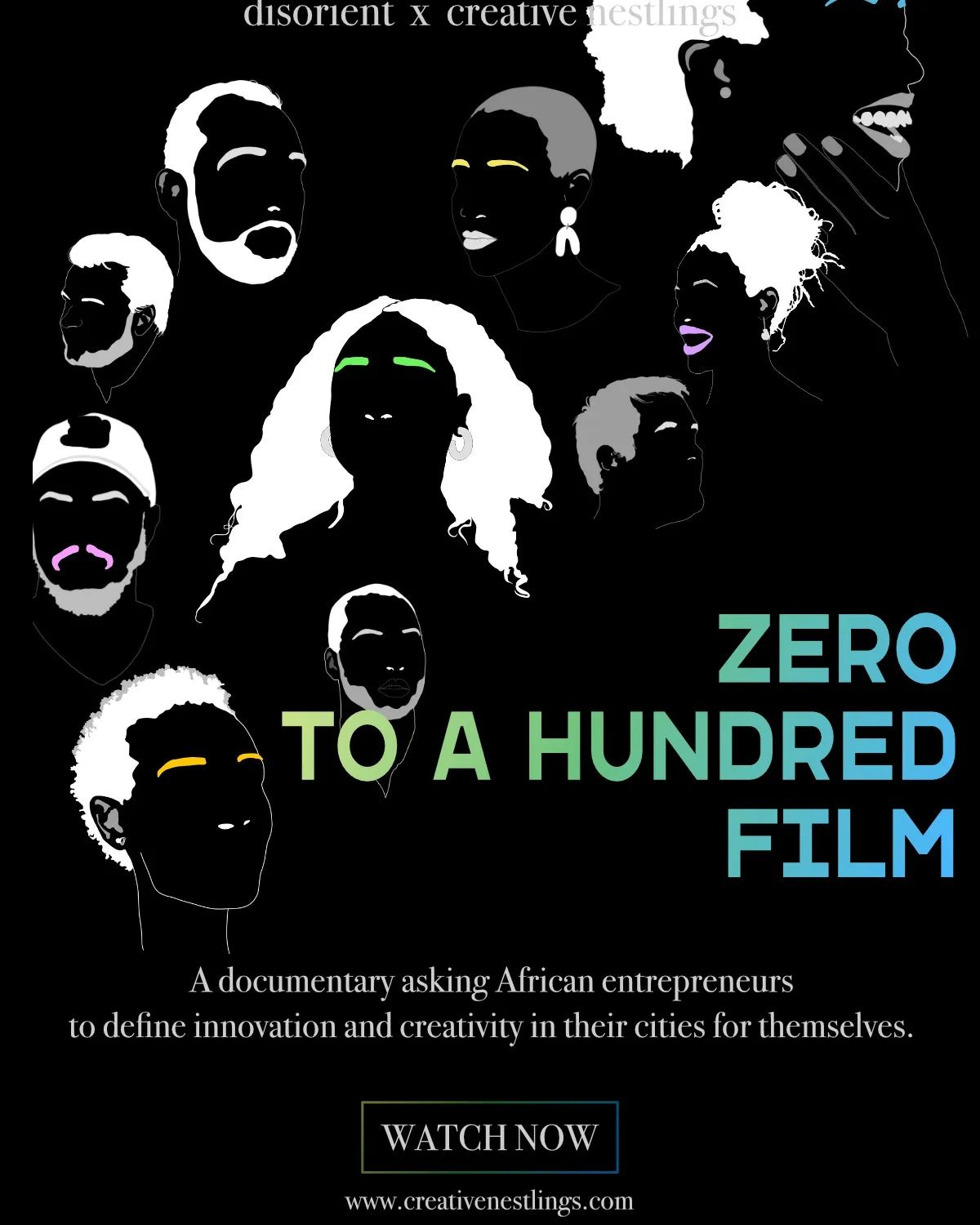
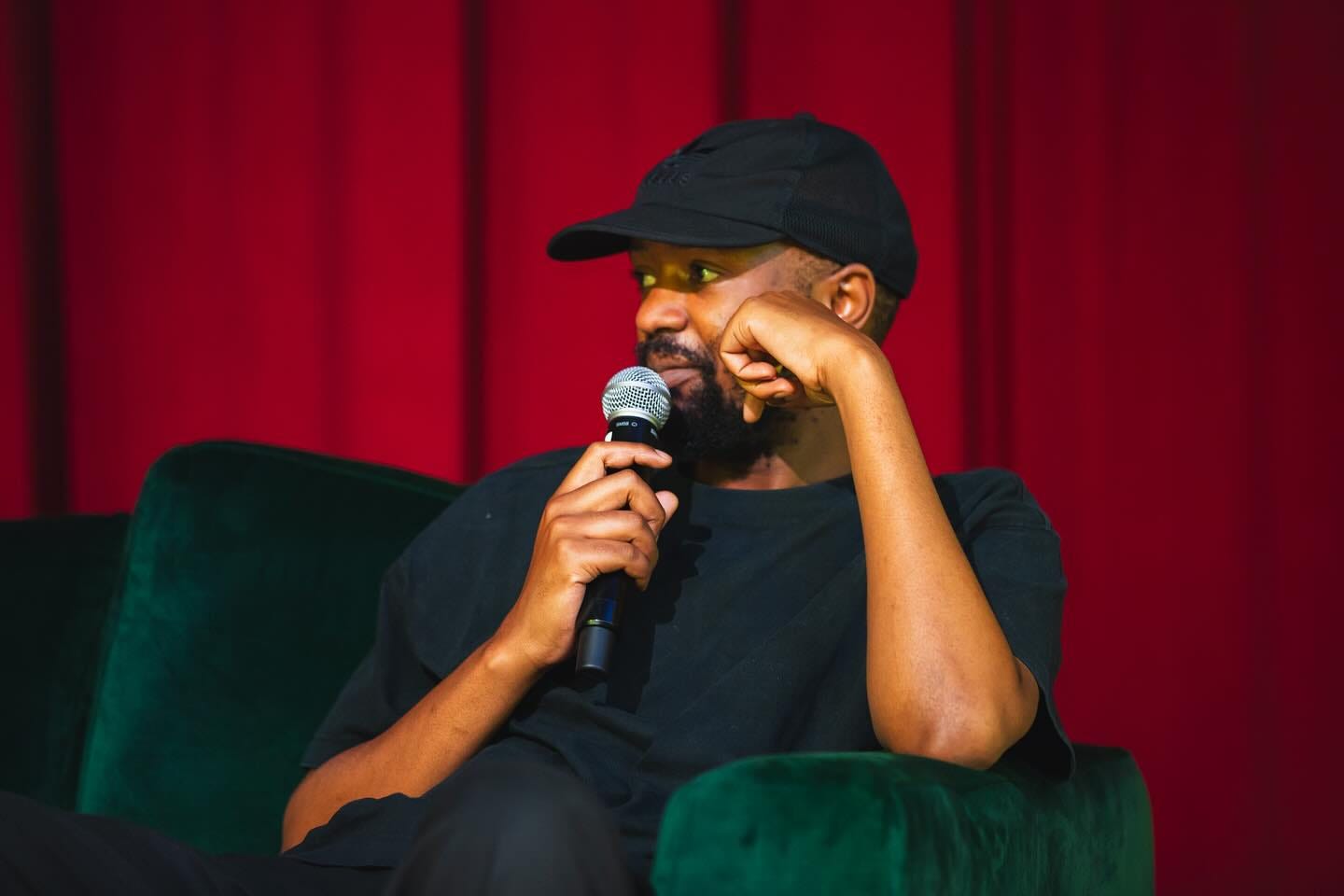

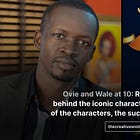

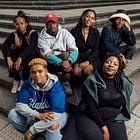

I've known Dillion for a while now and still very much impressed by his dedication to our industry. More vim!